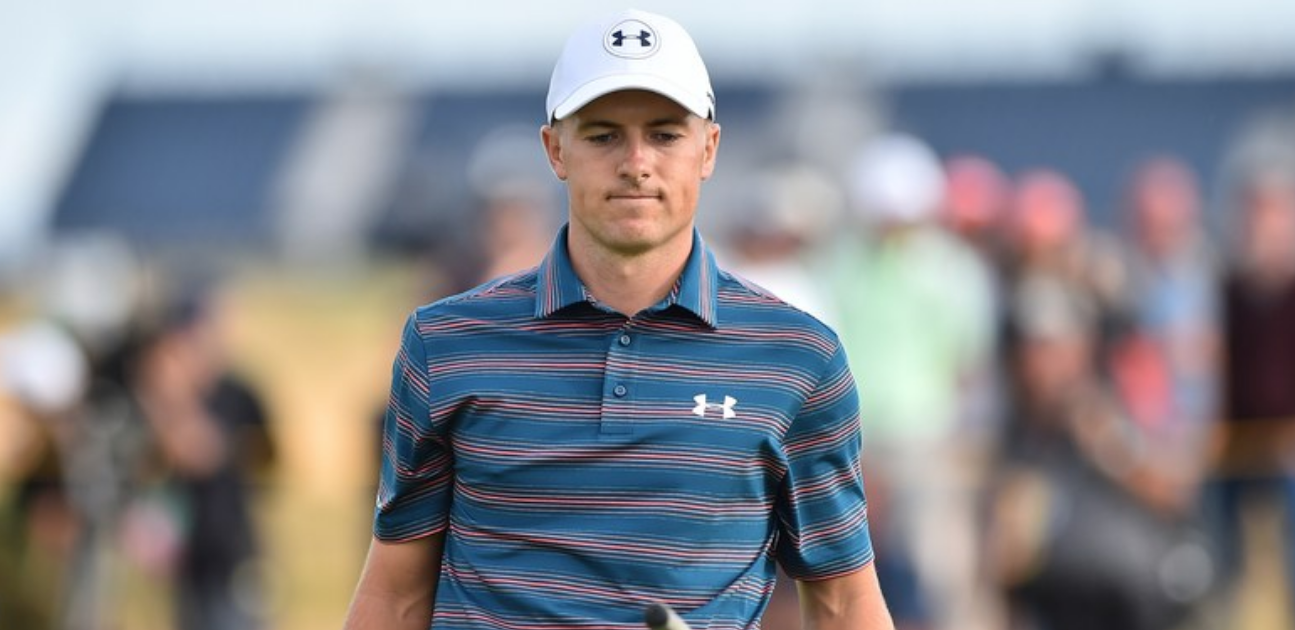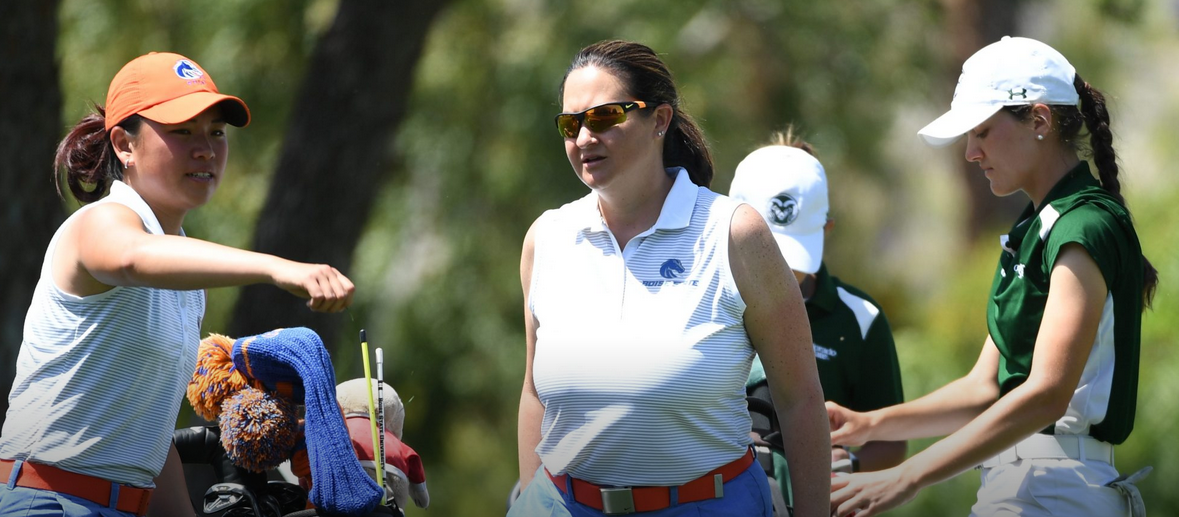What Happens If We Make The Golf Ball Slightly Larger?
/The old Spalding Magna, an oversized ball
Gary Van Sickle at MorningRead.com considers the distance matter and concludes something must be done based on the next wave of players coming along and rendering most courses obsolete.
I was curious about one of this three suggestions beyond the usual bifurcation options.
I’ll credit Tom Watson with Option One, and he concedes that he heard it from golf analyst and entertainer David Feherty: make the golf ball bigger. It’s already been done once. Golf in the U.S. used a ball 1.68 inches in diameter versus the ball used by the rest of the world, 1.62 inches. The British Open switched to the bigger ball in 1974, and the United Kingdom’s small ball finally went away in 1990 for recreational golfers.
Watson said that .06 inches may have made a 20-yard driving decrease. What would another .06-inch increase mean, and would that be enough? I’d love to see some research on that.
Indeed research is needed. Because we need another study in this game!
While it seems so logically simple, this option has the potential to be costly for manufacturers and more difficult to implement due to patents. Our old pal Max Behr swore by the old floater ball and still played it when others had moved on to more advanced pellets. As anyone who has hit shots with a ball different than the weight of the modern ball, is typically not enthralled in the way many of Max’s contemporaries loathed the floater. Whether this was a matter of resisting change, struggling to adapt or legitimate complaints about the feasibility of such a ball, we’ll never know.
Either way, when writing your governing body, do not hesitate to ask for a golf ball size study. We’ve waited this long, what’s another…year.
If you need some inspiration, here was Behr’s 1937 petition to the USGA to require the "floater” the official ball for golf.
From an unbylined New York Times story, Behr’s resolution:
“Whereas, it is out opinion that golf as pursued today no longer reflects its ancient and honorable traditions which it is out wish to protect; and, in that the ball manufacturers, not the player, dictate the sort of golf that is played which, instead of reflecting its honorable past, in a sense has become dishonorable in that mere brawn off the tee receives an unfair reward at the expense of ancient ways of skillfully maneuvering the ball—no longer required to win—we protest against the perilous state that golf has fallen into.
“Therefore, we respectfully petition the U.S.G.A. that it decree its amateur and open championships henceforth will be played with a ball that floats in water. We firmly believe that in this way only may its ancient and honorable traditions be re-established and preserved for future generations to enjoy.”

























